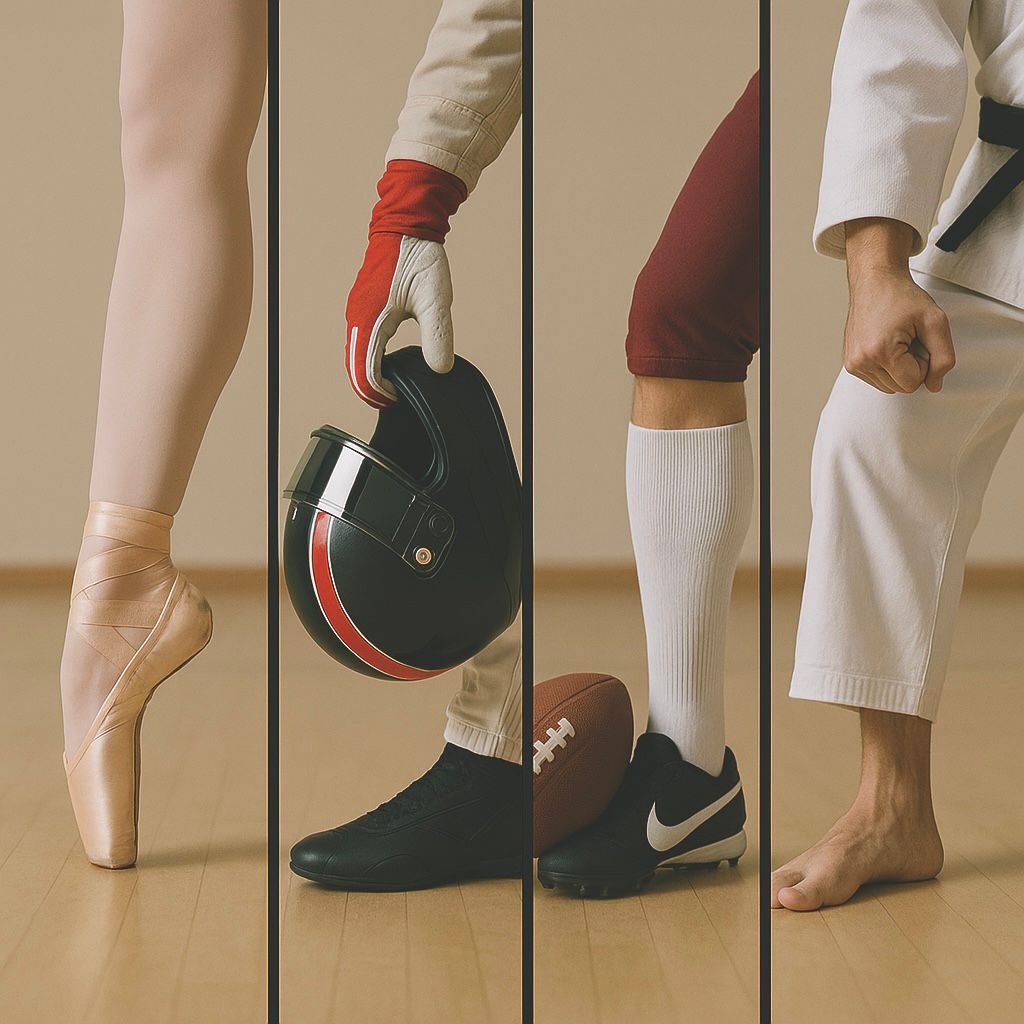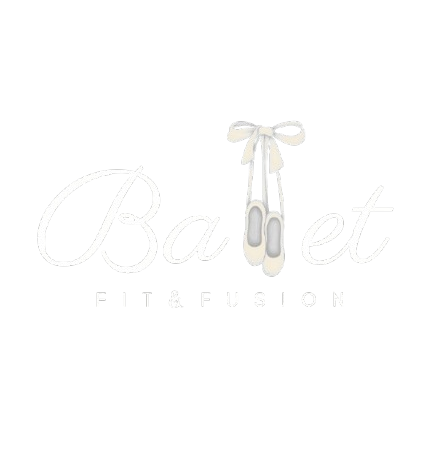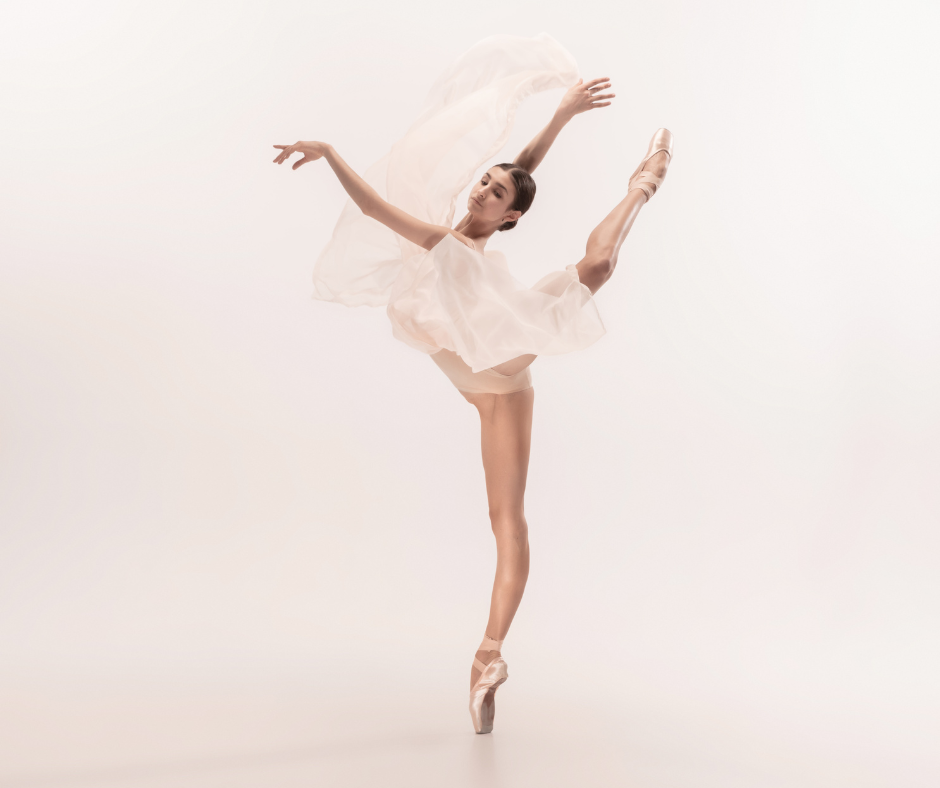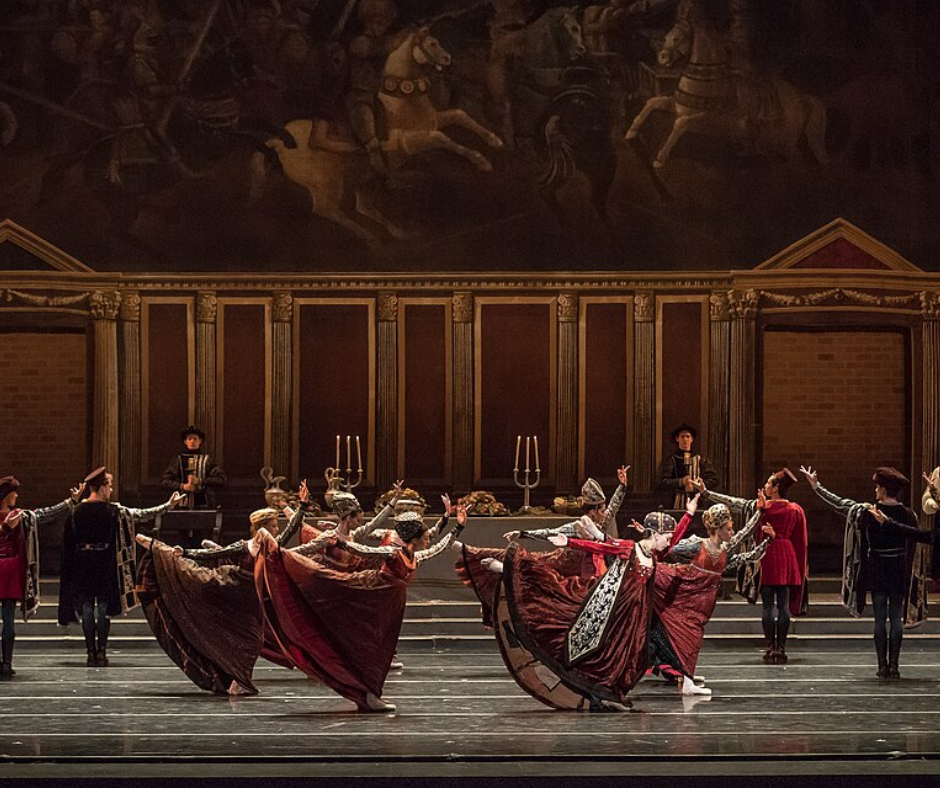
The Secret Weapon in Elite Training? A Ballet Coach.
What Can a Ballet Coach Do for High-Performance Athletes?
When we think of high-performance athletes, we picture strength, endurance, and sharp mental focus. But behind the medals and milestones lies something deeper: control, precision, adaptability—and often, pressure that doesn’t show up on a stopwatch.
Enter: the ballet coach, the performance expert you didn’t know you needed.
Not to teach pirouettes or stage presence—but to refine how the body thinks, moves, and recovers under pressure.
First, What is a Ballet Coach in This Context?
A ballet coach is a movement specialist trained in anatomy, coordination, musicality, and the psychology of performance. Unlike a fitness coach or a traditional physio, their work blends artistry, biomechanics, and communication—because they don’t just teach choreography, they train the body to move efficiently and intelligently.
And that’s exactly what elite athletes need.
What They Bring to the Field, on Track, or Court, or Ring…
1. Precision and Body Awareness
High-level athletes must repeat complex actions—often in unpredictable environments. Ballet coaches teach micro-adjustment, coordination, and fluid transitions so movements become automatic and economical.
Think: a race car driver adjusting body weight through corners, or a tennis player returning a serve in perfect balance.
2. Posture and Joint Alignment
Proper alignment reduces wear on joints, increases endurance, and improves recovery. Ballet training instills spinal lift, pelvic control, and whole-body coordination.
3. Breath Control and Recovery
Ballet dancers are trained to perform with calm, invisible effort. Through breath rhythm, pacing, and energy regulation, ballet coaches help athletes stay composed—even under extreme physical strain.
4. Mental Focus Under Pressure
On stage, one mistake can undo months of work. Ballet teaches how to reset instantly, manage stage nerves, and maintain execution under psychological stress. These are transferable skills for high-stakes sports performance.
5. Functional Flexibility and Soft Power
Ballet develops active flexibility—range that is controlled, not just passive. This leads to smoother movement, greater strength through full ranges, and fewer injuries.
Who’s Already Doing It?
-
- Formula 1 drivers work with posture and movement coaches to handle G-forces and optimize stamina.
-
- Combat athletes practice rhythmic, dance-inspired training to sharpen reflexes and coordination.
-
- Pro footballers engage ballet-based coaches to build agility and prevent injury.
-
- Even NASA has explored movement-based recovery for astronauts—taking cues from ballet training protocols.
Why It Works?
Ballet coaching isn’t about turning athletes into dancers—it’s about unlocking deeper movement intelligence. From the studio to the track, the skills are the same: move with control, stay calm under pressure, and recover quickly.
What this means for you?
If you’re a high-performance athlete looking to gain that extra edge, a ballet coach might just be your secret weapon. Not to add elegance—but to build balance, focus, and total body control. Because true power isn’t just about strength—it’s about how precisely and consciously you move.


